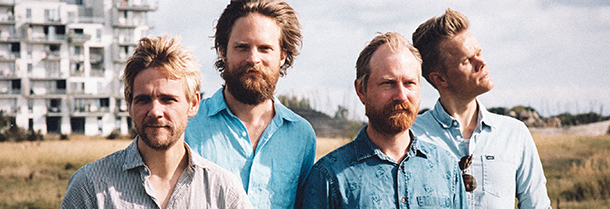Tag: Quartet No.15 in G major D.887
-

PROGRAM NOTES: DANISH STRING QUARTET
Seeing Double: The Doppelgänger Project Reprinted courtesy of Cal Performances, University of California, Berkeley, CA “Mir graust es, wenn ich sein Antlitz sehe/Der Mond zeigt mir meine eigne Gestalt” (“It horrifies me when I see his face/The moon reveals my own likeness…”). These chilling words from one of the poems in Heinrich Heine’s Buch der Lieder…

